Nursing care in a traumatic brain injury
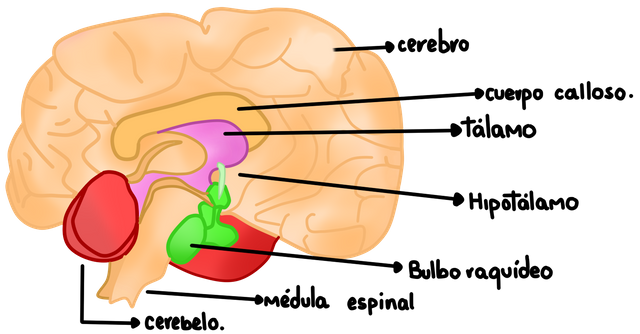
Anatomical illustration of the brain.

What's wrong with this? when this damage occurs as everything can lead to consequences, first of all it should be discarded for a safe diagnosis (diagnosis is abbreviated as Dx) if the blow that has occurred can lead to a primary injury or a secondary injury, then we will see the differences .
1 .-> Primary injuries: is when a contusion occurs and this is the impact caused on the skull, this will lead to a secondary injury. The primary lesion is divided into two:
- Closed head injury abbreviated as CBT.
- Penetrating cranial trauma abbreviated as TCP.
2 .-> Secondary injuries: this injury is a consequence of the primary injury, this can occur by the action of solid objects and sharps, ie hard and sharp objects that cut. As a sign and symptom of a secondary injury, the following are presented.
Edema: this may be at the cranial or general level in the person on the peripheral area, especially in upper and lower extremities.
Hemorrhage: cranial level.
%20-%20copia.png)
If the bleeding is not controlled this can lead to serious problems such as hypovolemia.
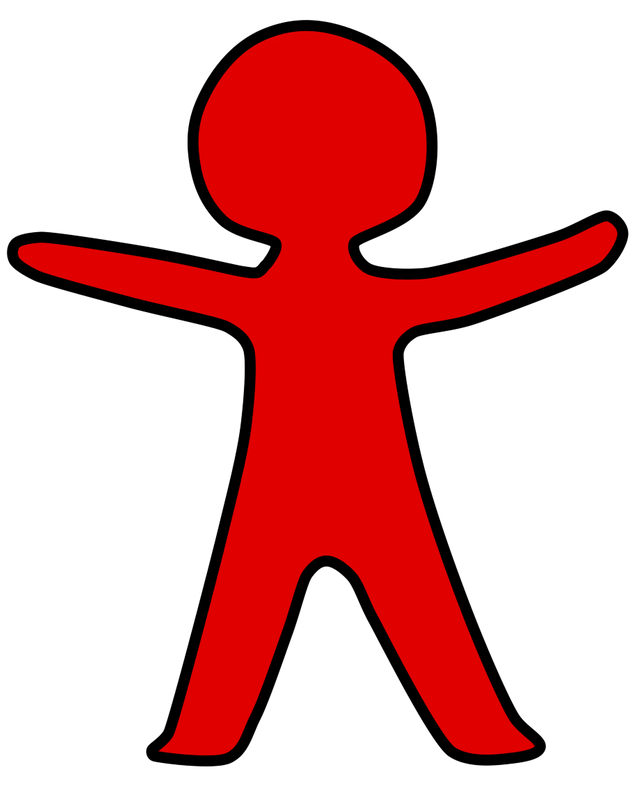 | 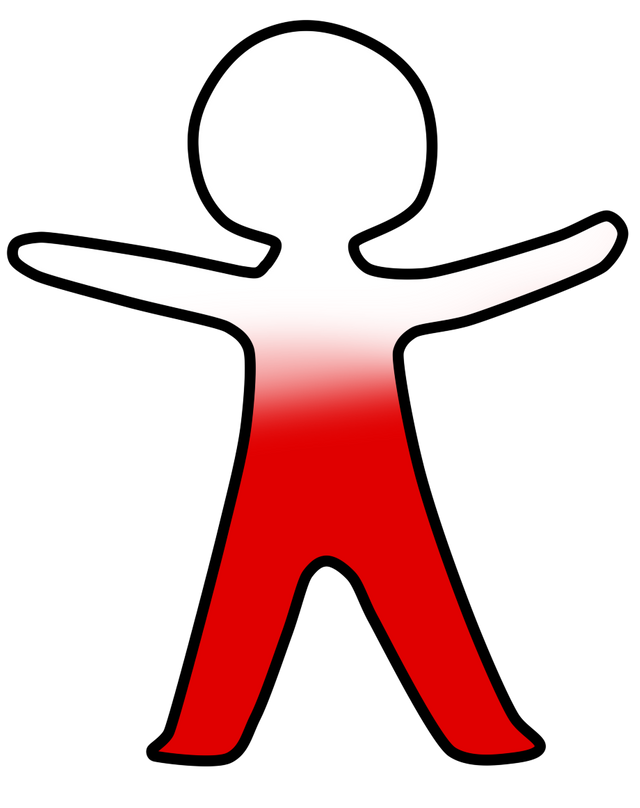 | 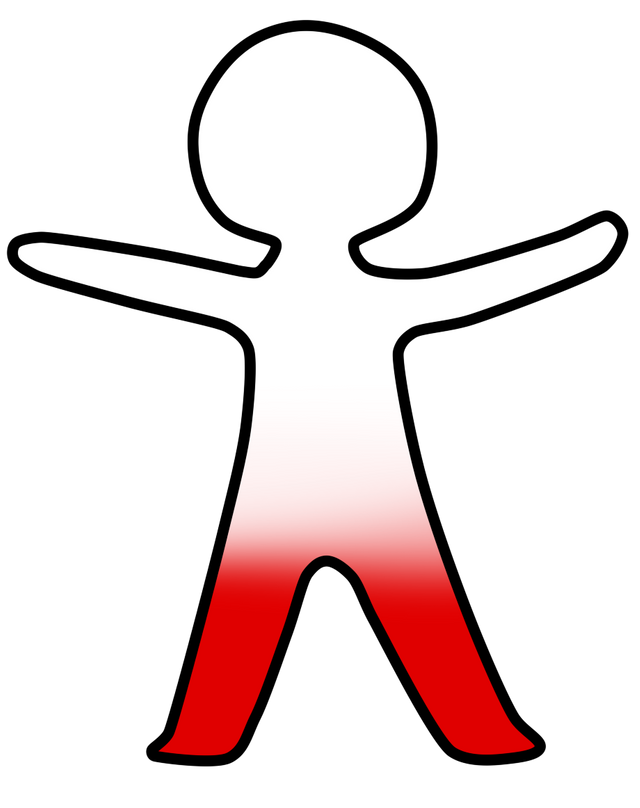 | 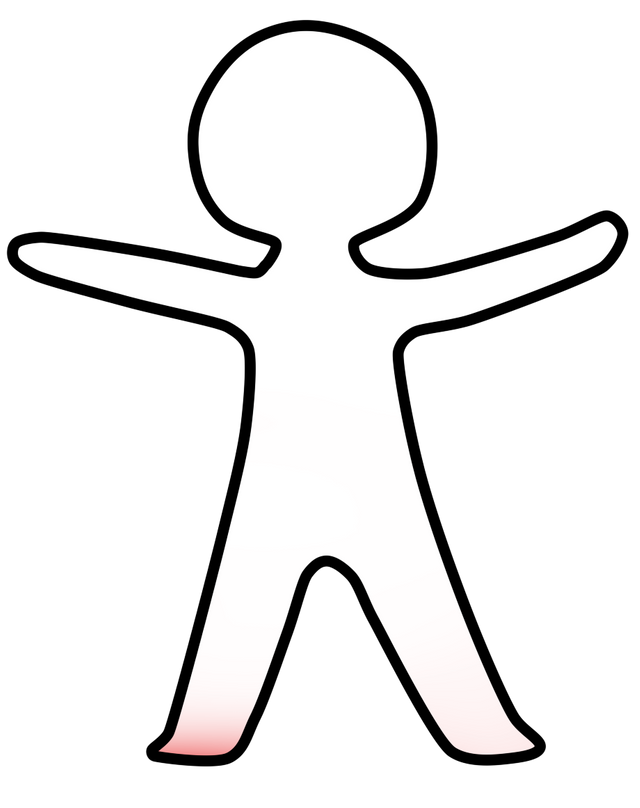 |
- Increased pressure in the skull / increased intracranial pressure.
- Dizziness and lethargy.
- Confusion


Objects that can lead to a traumatic brain injury.
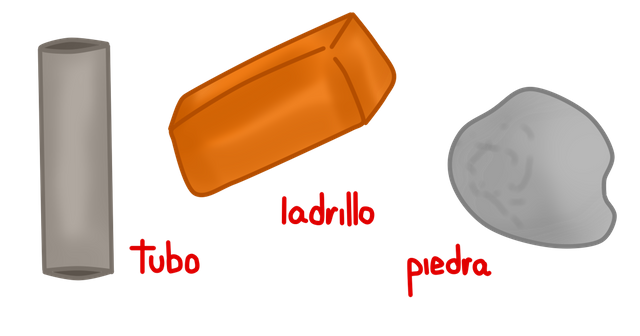
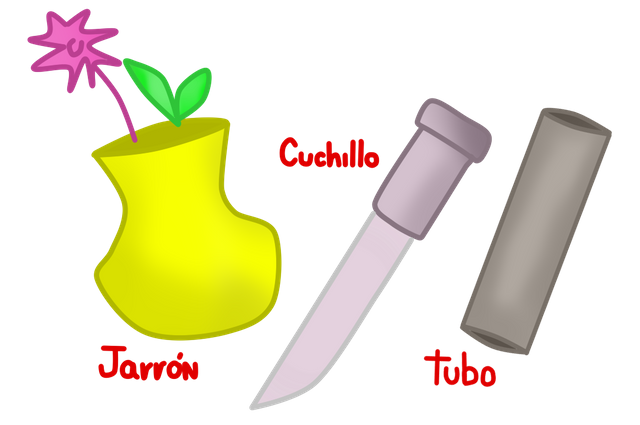
Consequences
1 .-> Usually the patient usually loses the toilet training during the first days, this ranges from the first moment of the blow up to a week if it is not serious, if it is serious it is recovered through different techniques.
2 .-> May present various disorders, and among them we have the following:
✔ Sensory level: the person can be affected in their organism with respect to smell, touch, sight, taste and hearing.
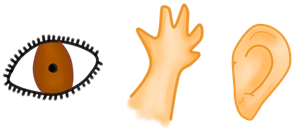
✔ Disruption of walking and movement in the person: the person may have difficulties to walk well but above all to perform movements of flexion and extension, so it will require various nursing care to avoid ulcers due to pressure Supine decubitus (known as eschar) and for recovery requires several sections of physiotherapy (this is physical therapy) through a physiotherapist and his assistants.

✔ Swallowing disorder: usually these people can not feed themselves, this would involve nursing care since it will require a nasogastric tube for their daily feeding until they recover their power in swallowing.
Presenta problemas en funciones cognitivas
Presenta problemas en funciones cognitivas Problems in the attention, this usually hinders the concentration in the affected person, making his day to day is complicated by the simple fact of not being able to properly and properly concentrate on something specific.
Cognitive problems of memory, by not being able to remember certain things they must be taught again, as this will affect their learning.
Problems in reasoning, which leads to communication problems and social, emotional and economic stability.
Problems in language, having this difficulty leads to emotional problems because it is difficult to express themselves with people in their environment.
Nursing care is very important for the recovery of the patient, which is why the following care is used:1.- If the wound is of penetrating cranial trauma, the bleeding should be monitored.
2.- Perform puncture on the peripheral area of the patient with a catheter.
3.- Maintain the permeability of the catheter and comply with treatment according to medical orders.
4.- Maintain the safety of the patient and avoid falls by placing the rails of the stretcher.
5.- If the patient presents a nasogastric tube, maintain its permeability.
6.- If the patient presents urinary catheter carry water balance.
7.- Maintain the area of the lesion due to penetrating cranial trauma with antiseptic rules to prevent the spread of bacteria.
8.- Guide the patient's relatives regarding the adequate care of the patient to avoid falls and provide support in a fast recovery.
9.- You should avoid and control pressure ulcers, abbreviated as UPP, with good hygiene, maintain a mattress with alternating air, change position to the patient every 6 hours as long as it is tolerated and place the patient hyper-oxygenated oils.

The separator that you just saw is my authority.
Felicitaciones. Nuestro equipo considera que su publicación cumple con los estándares de nuestra comunidad y representa un aporte al conocimiento de las ciencias médicas y la salud.Usted ha sido merecedor(a) de nuestro apoyo. Le invitamos a emplear la etiqueta #asclepio en sus publicaciones y visitarnos en nuestra comunidad en Discord